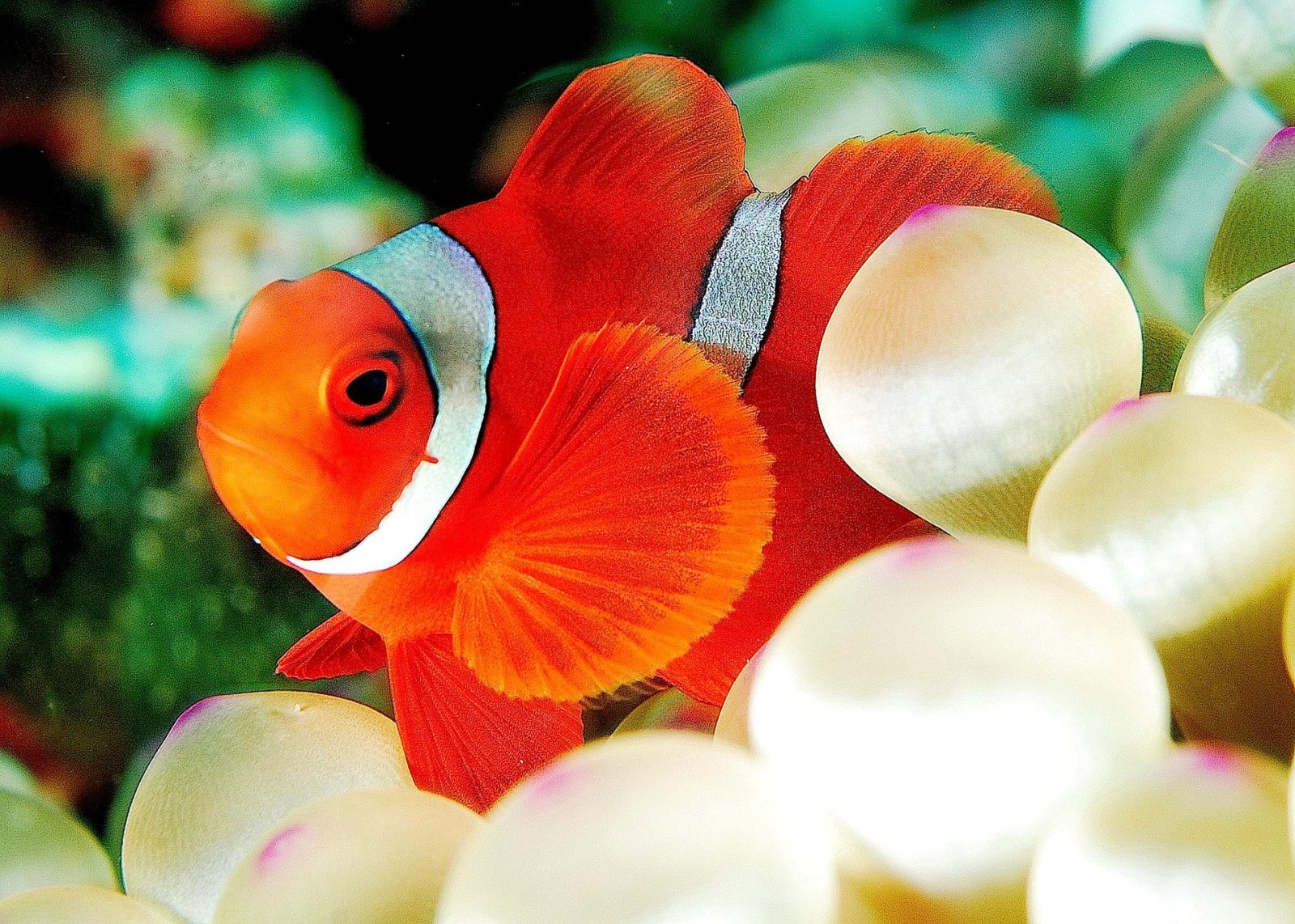Discovery: Clownfish Can Count!
Published by Cédric - Saturday, February 17, 2024 - Other Languages: FR, DE, ES, PT
Article Author: Cédric DEPOND
Source: Journal of Experimental Biology
Article Author: Cédric DEPOND
Source: Journal of Experimental Biology
Follow us on Google News (click on ☆)
Clownfish, made famous by the animated movie Nemo, are not just endearing characters; they also possess surprising skills. Japanese researchers have revealed that these fish can count the vertical stripes on intruders entering their anemone. This discovery, published in the Journal of Experimental Biology, challenges our understanding of animal intelligence.
Various theories exist about the role of clownfish's vertical stripes. They might serve to camouflage their silhouette from predators, to signal their potential toxicity, or to facilitate recognition among individuals of the same group. To learn more, researchers from the Okinawa Institute of Science and Technology studied the species made famous by the Nemo movie.
The study revealed that clownfish respond differently depending on the number of vertical stripes on their counterparts. In the laboratory, 120 individuals were tested with models of fake clownfish displaying various stripe configurations. Results showed that clownfish were more aggressive towards decoys that exhibited the same number of stripes as themselves.
This aggression seems to be linked to the recognition of competition within the colony. Indeed, clownfish live in hierarchical colonies and have the particularity of acquiring more stripes based on their hierarchical status. Generally, these fish are tolerant and even hospitable towards other species. However, they become aggressive towards members of their own species who could threaten their status. Thus, a fish with three stripes, high in the hierarchical order, will not appreciate the arrival of a congener with the same number of stripes, potentially threatening its position. Therefore, this ability to count stripes enables them to maintain their social rank.
This study thus reveals an unknown aspect of clownfish behavior, highlighting the importance of protecting their natural habitat. By better understanding these marine creatures, we could help preserve the delicate balance of marine ecosystems.
The universe is "disappearing"
2 hours ago
The era of giant kangaroos that couldn't hop
3 days ago
A multitude of dark comets near Earth
4 days ago
How did our brain evolve?
4 days ago
The search for the Big Bang's echo begins
6 days ago
This 3D printer fits in your hand!
7 days ago
Behind the wrapping paper, perhaps a new physics
10 days ago
How does cornstarch flow through a pipe?
11 days ago
Discovery: PFAS are absorbed by human skin
11 days ago
The time: a quantum illusion?
12 days ago
More...
